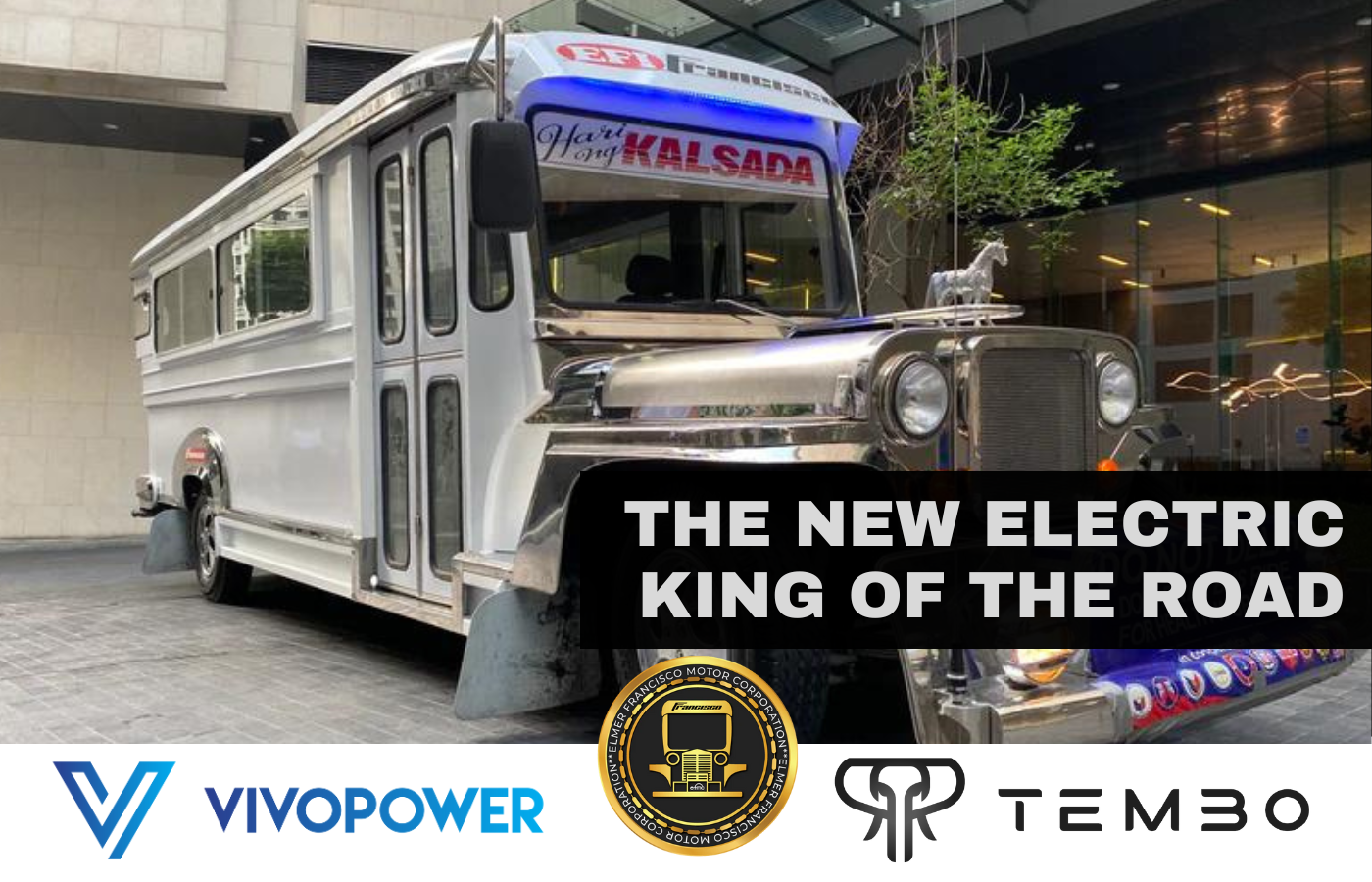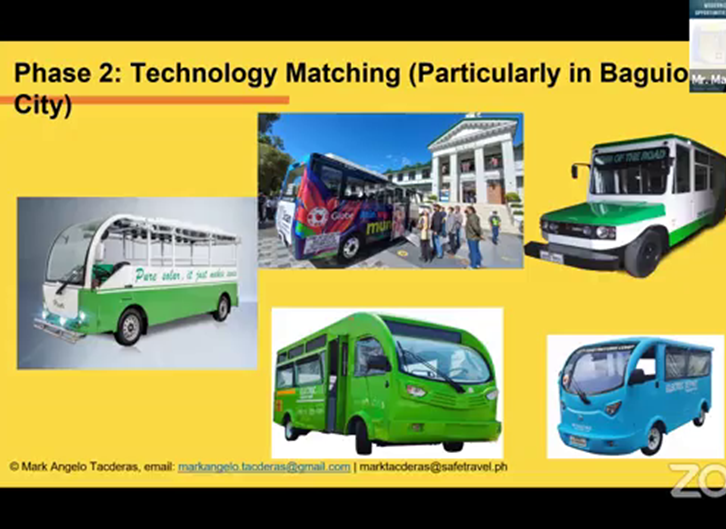Transit Advertising Philippines: Get To Countless Travelers Daily
Wiki Article
Understanding the Duty of Transportation Marketing in Enhancing Brand Exposure and Consumer Involvement
Transit advertising has become a crucial aspect in the advertising and marketing landscape, offering unique opportunities for brand names to boost their visibility and involve consumers effectively. With the capability to get to a diverse and captive target market during their daily commutes, these marketing techniques are not merely concerning exposure; they have to do with producing significant links with potential customers. As we check out the diverse benefits and innovative strategies within transportation marketing, it becomes vital to take into consideration exactly how these elements jointly influence customer perception and actions, questioning about their long-lasting influence on brand name loyalty.Meaning of Transportation Marketing
Transportation advertising refers to the technique of promoting items, services, or brand names through ads put in and around public transportation systems. This kind of marketing incorporates a range of placements, including posters on buses and trains, electronic displays at transportation terminals, and covers on the exterior of automobiles. It intends to get to a varied target market, profiting from the high foot traffic related to public transit.Transit advertising and marketing is tactically placed to catch the focus of commuters, that commonly spend considerable time waiting or traveling. By integrating advertisements into the daily regimens of people, brands can produce a long-term perception and foster brand recognition. The medium is particularly effective in metropolitan settings, where public transportation is a main mode of travel.
Furthermore, transportation advertising and marketing can facilitate local targeting, allowing services to reach specific demographics based upon transit paths and terminal places. As metropolitan populaces expand and using public transport increases, this advertising and marketing approach has gained prominence as an important element of integrated advertising methods. The dynamic nature of transportation advertising, incorporated with its capability to involve customers in a captive environment, underscores its importance in modern advertising and marketing techniques.
Advantages of Transportation Marketing
The performance of transportation advertising and marketing depends on its ability to supply a wide variety of advantages to brand names looking for to improve presence and interaction. Among the main advantages is the considerable reach it uses; transportation advertisements can successfully target diverse demographics across metropolitan locations, reaching both pedestrians and commuters alike. This broad exposure significantly increases brand awareness.Another benefit is the high regularity of impacts. As transit vehicles follow recognized routes and stop at multiple areas, they develop repetitive direct exposure that enhances brand name messages. This frequency promotes familiarity, which is vital in customer decision-making.
Transportation marketing is also economical contrasted to various other media platforms. Offered its extensive reach and potential for high perceptions, brand names often experience a reduced expense per thousand impressions (CPM), optimizing their marketing budget.
Additionally, transportation ads can create a sense of neighborhood link. By aligning with neighborhood transit systems, brands can reverberate with local audiences and promote a sense of neighborhood pride. This local strategy improves brand name loyalty and interaction, making transit advertising an engaging choice for companies aiming to strengthen their visibility on the market.

Reliable Approaches for Transit Campaigns
To maximize the effect of transit campaigns, brands need to leverage critical planning and execution customized to their target market. First, identifying the market characteristics of the audience utilizing public transportation is essential. This allows brands to develop customized messaging that reverberates with potential customers.Next, picking the best transportation mediums is necessary. Whether utilizing bus wraps, metro posters, or electronic screens, each tool has special benefits that can enhance exposure. For circumstances, vibrant visuals on bus wraps can bring in attention, while electronic advertisements can be updated often to show prompt promos.
Furthermore, incorporating a natural branding approach across transit systems makes certain consistency and strengthens the brand name's identification. Making use of attractive layouts and memorable taglines will certainly enhance brand name recall amongst travelers.
By employing these approaches, brand names can properly harness the possibility of transportation advertising and marketing, cultivating better understanding and connection with their target audience. Ultimately, a well-executed transportation campaign can drive considerable growth in brand name exposure and customer involvement.

Determining Impact and Involvement
In evaluating the performance of transit ad campaign, precise measurement of influence and interaction is important for brand names looking for to maximize their advertising techniques. Metrics such as reach, regularity, and perceptions give foundational information to examine presence. Evaluating these variables helps identify the number of potential clients are exposed to the promotions throughout their daily commutes.Involvement can be further determined through customer interactions, such as web site web traffic, social networks mentions, and straight feedbacks to calls-to-action featured in the advertisements. Utilizing tools like QR codes or one-of-a-kind URLs can assist in monitoring of consumer habits straight linked to transit projects. Studies and feedback mechanisms likewise function as important techniques to collect qualitative information on consumer understandings and recall of the promotion.
Moreover, advanced analytics and acknowledgment models can correlate transit direct exposure with succeeding purchasing habits, using understandings into the return on investment. By utilizing a thorough approach that combines quantitative and qualitative procedures, brand names can establish a nuanced understanding of their transit advertising impact. Inevitably, this data-driven approach enables brand names to improve their projects, guaranteeing they resonate properly with target audiences and enhance total brand name presence.
Study of Successful Campaigns
Successful transportation marketing campaign work as compelling instances of exactly how efficient techniques can elevate brand exposure and interaction. Transit Advertising Philippines. One significant situation is the "I Love New York" campaign, which changed the city's More Help photo and brought in countless vacationers. By using subway advertisements, signboards, and bus wraps, the campaign produced a strong, natural brand name identity, resulting in a significant uptick in tourist and regional company patronage
Another exemplary project is Coca-Cola's "Share try this site a Coke" effort, which leveraged transit advertising to individualize the brand experience. By featuring prominent names on marketing materials throughout different transportation systems, Coca-Cola fostered a much deeper emotional link with consumers, urging them to share their experiences on social media sites.
Furthermore, the "Got Milk?" project successfully utilized mass transit ads to get to a broad target market, reinforcing the message of the importance of milk in a balanced diet regimen. The project saw a measurable rise in milk consumption in target demographics.
These situation research studies highlight that when executed thoughtfully, transportation advertising can substantially improve brand name visibility, foster customer engagement, and drive quantifiable outcomes, demonstrating its crucial function in modern advertising and marketing techniques. - Transit Advertising Philippines
Conclusion
In conclusion, transit advertising serves as a vital device for enhancing brand name presence and cultivating customer involvement. Inevitably, the capability to determine involvement and examine effective instance researches emphasizes the performance of transportation advertising and marketing in driving brand name commitment and consumer interactions.Transit marketing has actually emerged as a critical element in the marketing landscape, offering unique possibilities for brand names to raise their presence and involve customers properly.In addition, transportation advertising and marketing can assist in local targeting, allowing services to reach specific demographics based on transportation courses and station areas.In reviewing the efficiency of transit advertising and marketing campaigns, accurate dimension of impact and More about the author engagement is crucial for brand names seeking to maximize their advertising strategies.Successful transit advertising and marketing campaigns offer as compelling instances of exactly how efficient methods can elevate brand exposure and engagement.In verdict, transit advertising and marketing serves as a crucial tool for improving brand name visibility and cultivating consumer interaction.
Report this wiki page